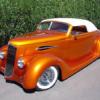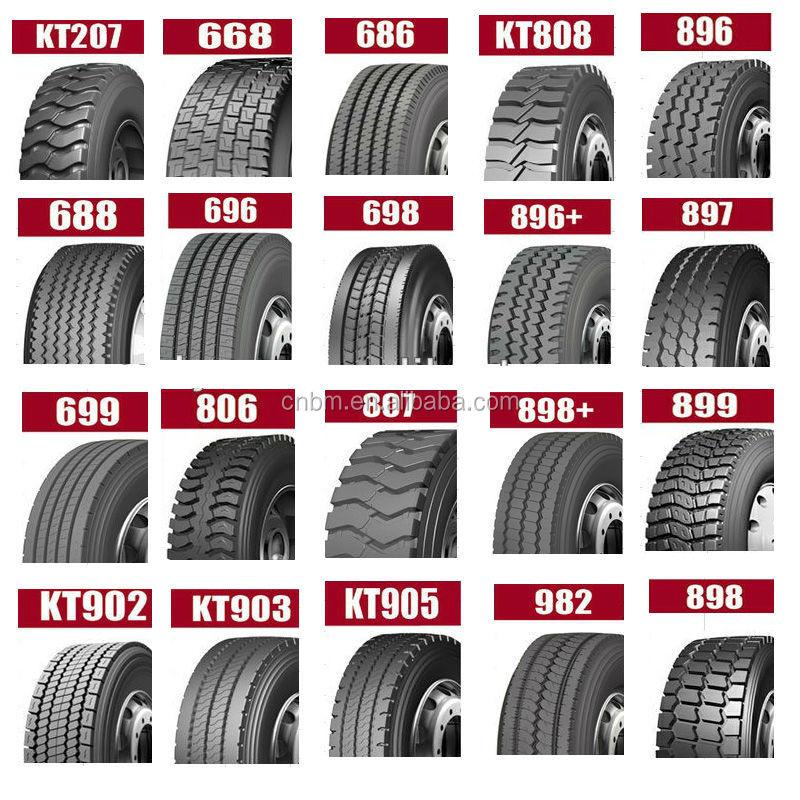-
Posts
5,080 -
Joined
-
Last visited
Content Type
Profiles
Forums
Events
Gallery
Everything posted by Junkman
-
Thank you, both. I remember Rockets. I ran their Daisies on a '61 Imperial back in the 90s. Yeah, we've all been young somewhen.
-
I actually quite enjoy playing around with literal kid's toys, since that's still better than not having a kit at all. Although, I stopped emulating engine sounds when playing with them at age 12, or so. The other day, I had a chat with a friend who is in his 70s now, and he told me, he started doing it again. I'm not quite there yet, but I'm looking forward to it. I must admit that those tyres are awful, though. Will that keep me away from buying the kit? I really thought about this long and hard, and no.
-
I hitherto only collected the stock versions of these kits. I wonder whether this was a mistake, now.
-
Stupid question amnesty, please - were Cragars still a thing in 1969?
-
I want to get rid of my big scales. They just take up too much real estate.
-

Matchbox using smaller blister cards for their models?
Junkman replied to peteski's topic in Diecast Corner
Imagine how much more environmentally friendly that would be. -

Matchbox using smaller blister cards for their models?
Junkman replied to peteski's topic in Diecast Corner
Those are "Power Grabs". We do get them in Europe occasionally, but only in discount retail chains that do their purchasing directly in Asia and handle imports themselves. Power Grabs come in a colourful carton containing eight individually boxed models. These cartons have a perforated section to be torn off, so they can be used as a display on a retail shelf next to the checkout. I have never seen any HW equivalents, which makes me believe this is an MB only packaging practice. -

Matchbox using smaller blister cards for their models?
Junkman replied to peteski's topic in Diecast Corner
That is correct. The European retailers demand the short cards to save retail space and packaging waste. It enables them to display about 30% more units per allocated space. Besides, there are two types of long cards, one for the US market only, and an international one. Short cards are always international. If you look at the flip sides of your cards, you will notice that the text on the short cards is multilingual, whereas on the USA long card, it's only in English and Spanish. The logos of the various standardisation organisations the toys must comply with will also differ. If short, or international long cards, surface in the USA, it's mainly due to the retailer being a global business with a purchasing office in Europe, or Asia. The opposite applies to the occasional USA long cards showing up in Europe, which then have a large sticker on the back, containing all the mandatory information in all official languages necessary to make them legal for sale in the EU. Mostly we will get international long cards over here, which we rarely do. Oh, and the same is true for Hot Wheels, btw. -

Anyone familiar with this brand - 1967 GTO Convert diecast 1/25
Junkman replied to Ragtop Man's topic in Diecast Corner
It's not. I have/know of a few that aren't on the list. -
-

Revell: Stranger Things; Billy´s Chevy Camaro
Junkman replied to Luc Janssens's topic in Car Kit News & Reviews
Or a block of Balsa wood, like in ye goode olde dayse, when men were men and smelled like horses. -
You should return it and have it exchanged for an undamaged one. After all, you paid for a flawless example.
-
41 pieces? That's way too much work for me.
-
For the ones wanting a Group B rally version, Heller themselves make it since the 1980s. Whether it's any good I know not.
-

Atlantis rolls out ex Revell 57 Chevy Nomad.
Junkman replied to John M.'s topic in Car Kit News & Reviews
You won. I've never even started one. I just find them too depressing. -

Will R2 going to put any models this month?
Junkman replied to slusher's topic in Car Kit News & Reviews
Yes, but they won't do a Bluesmobile. -
1/24 scale, so it counts despite it's one scale off. The model, made by IXO, was supposed to be part of a partwork series launched by Salvat in Mexico. Once that series was called short, Whitebox of Germany commissioned IXO to produce the model for their portfolio. The last two pictures were taken once I had reversed the tyres, because I considered the whitewall tyres too naff.
-
Yes, I know, nobody knows what I'm talking about, but hear me out. The model was made by IXO for a Salvat partwork series in Mexico, and it is 1/24 scale, the only scale close to 1/25, which is the standard of all things. It depicts the Mexican version of what is known as a '64 Plymouth Valiant Signet in the English speaking part of the world.
-

Autoquiz #631 - Finished
Junkman replied to carsntrucks4you's topic in Real or Model? / Auto ID Quiz
That's a good one. A very good one. I shall use that didactic in future, like 'the launch of the 1940 DKW F9 was delayed until 1949, for some odd reason'. -

Will R2 going to put any models this month?
Junkman replied to slusher's topic in Car Kit News & Reviews
I appreciate your train of thought, but alas. I guarantee you, the closest thing to our dreams we will ever see is this fake box art I did years ago, and it's not even the same year. There will never be a kit of a full size Mopar from the Fuselage era. -

Will R2 going to put any models this month?
Junkman replied to slusher's topic in Car Kit News & Reviews
I was actually waiting for a reissue of the PL Beetle, since it's one of the better renditions of the real thing. I built the old non Herbie issue, painted ruby red, gave it away and regret it. There is no better early 60s Beetle out there, unless you go diecast, and they all are 1/24. Since the PL originated as the Herbie, it depicts an 'Export' spec 1200, which I consider an extra bonus. IIRC, you can leave the Webasto away, all you need to do is fill four holes in the roof. If you really want to go to town in regard of open wheels, use the surplus set out of a Fujimi Porsche 356 kit. They all had early and late wheels on the sprue, thus you only need one of the two sets to build your Porsche and the other one can be used for other things, such like this. -

Will R2 going to put any models this month?
Junkman replied to slusher's topic in Car Kit News & Reviews
Give those guys some slack, they just returned from the two biggest shows in the industry. They hired a new guy for the kit department last month. -
Thank you, this is the answer to my question.
-
Yes, six kits. Haulin Henry - 1934 Ford Pick Up Lemon Peeler - 1957 Chevrolet Bel Air Hardtop Short Hauler - 1955 Chevrolet Nomad Street Sleeper - 1965 Pontiac GTO Convertible Victorian - 1932 Ford Victoria Wonder Bird - 1957 Ford Thunderbird Re. decal sheet - I think each included a very small decal sheet with merely 2x its name on it. Please note that I might be wrong, but I've seen the odd buildup with decals applied.







